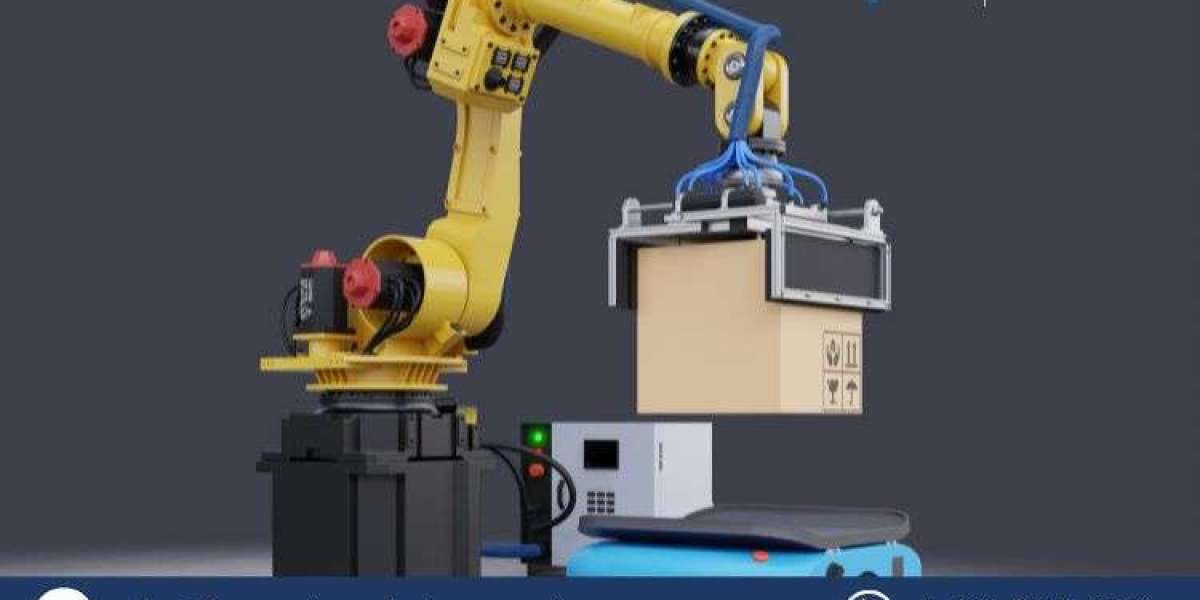In the fast-evolving world of engineering, innovation and precision go hand-in-hand. As industries continue to rely on complex embedded systems, ensuring that these systems function flawlessly becomes increasingly critical. Hardware-in-the-Loop (HIL) software testing has emerged as a game-changing approach to validate the performance and reliability of these systems. With its ability to simulate real-world conditions and bridge the gap between software and hardware, HIL testing is now considered an essential component of modern engineering practices.
What is HIL Software Testing?
Hardware-in-the-Loop (HIL) testing is a method used to validate and verify the functionality of embedded systems. The process involves integrating real hardware with a simulated environment, allowing engineers to test and evaluate how the system behaves under real-world conditions without needing to assemble the entire physical system. HIL testing is particularly valuable for systems where physical testing would be impractical, time-consuming, or costly.
In a typical HIL setup, the system’s hardware—such as sensors, actuators, and control units—is connected to a real-time simulator that replicates the rest of the environment. This setup allows engineers to test how well the hardware interacts with the software and how it would perform in actual operations.
Why is HIL Testing Crucial in Modern Engineering?
1. Enhances System Reliability
As technology advances, systems become increasingly complex. This complexity makes it more difficult to detect faults or potential issues in a traditional testing environment. With HIL software testing, engineers can simulate various conditions and edge cases that the hardware might encounter in real life. By identifying problems early in the development process, HIL testing enhances system reliability and reduces the likelihood of failures when the product is deployed in the field.
Whether it's for automotive, aerospace, or industrial applications, ensuring that the system performs as expected under various scenarios is critical for both safety and efficiency. HIL testing plays a pivotal role in preventing costly mistakes and ensuring that the final product meets all performance standards.
2. Reduces Development Time and Cost
In traditional engineering practices, physical prototypes are often necessary for testing systems, which can be both time-consuming and expensive. Building these prototypes, running tests, and refining the system after identifying issues often leads to delays and additional costs. HIL testing, on the other hand, reduces the need for multiple iterations of physical prototypes. Engineers can test systems virtually, pinpointing problems and refining software before moving on to physical production.
By using HIL simulation, developers can evaluate how the hardware will interact with the software and make modifications as needed, reducing the need for costly and time-consuming trial and error in the physical world.
3. Supports Realistic Testing Scenarios
One of the most significant advantages of HIL software testing is its ability to simulate real-world conditions. In traditional testing, engineers often perform tests in controlled, ideal environments that may not fully replicate the complexities and unpredictabilities of real-world operations. HIL testing, however, allows systems to be tested under a variety of conditions, including environmental factors, dynamic loads, and abnormal behavior, that might be difficult to reproduce otherwise.
This capability ensures that the system can be evaluated in conditions that closely match real-life scenarios. By simulating scenarios such as sudden power failures, fluctuating sensor inputs, or extreme weather conditions, HIL testing ensures that the system will operate reliably under any circumstance.
4. Facilitates Early Detection of Software and Hardware Issues
Identifying issues in a system's design at the earliest stage is essential for reducing the overall cost of development. In complex systems, hardware and software components are often developed in parallel, which can lead to integration challenges. HIL testing allows for early detection of both hardware and software issues before full-scale production begins.
For example, if the software fails to interact correctly with the hardware components or if there’s a mismatch in data processing, these issues can be identified in the testing phase, preventing integration problems later. By using HIL testing, engineers can isolate and resolve hardware-software integration issues quickly, improving the overall development process.
5. Enhances Safety and Compliance
In industries like automotive and aerospace, safety is of paramount importance. HIL testing plays a crucial role in ensuring that embedded systems meet stringent safety and regulatory standards. For example, in the automotive industry, Advanced Driver Assistance Systems (ADAS) and autonomous vehicles rely heavily on real-time embedded systems to process data from sensors and actuators. HIL testing allows manufacturers to verify that these systems behave safely in various hazardous or extreme conditions, without risking human lives during the testing phase.
Furthermore, HIL testing ensures that the system complies with industry standards and regulations. By testing the system’s performance in a simulated environment, engineers can ensure that it adheres to both safety and quality benchmarks before it reaches the final stages of production.
6. Improves Collaboration Between Teams
Modern engineering projects typically involve multidisciplinary teams working together, from hardware engineers and software developers to system architects and testing specialists. Effective collaboration between these teams is essential for ensuring that the final product functions as intended.
HIL testing provides a common platform where hardware and software engineers can work together. Software teams can test their code on actual hardware before the final integration phase, while hardware engineers can evaluate how the hardware will interact with different software configurations. This collaboration fosters better communication and ensures that everyone is aligned with the overall system’s objectives, leading to a more efficient development process.
7. Supports Continuous Testing and Integration
As engineering projects become more agile and iterative, the ability to conduct continuous testing and integration is becoming increasingly important. HIL software testing allows for the integration of hardware and software components as they are developed, enabling continuous testing throughout the project lifecycle.
In an agile environment, software changes or updates can be tested immediately on the hardware, ensuring that new features or modifications do not introduce new issues. This continuous integration and testing process not only improves the quality of the system but also accelerates the development process by allowing for more frequent releases and updates.
Applications of HIL Testing in Various Industries
Automotive Industry
In the automotive industry, HIL testing is used extensively to validate control systems, sensors, and advanced driver-assistance systems (ADAS). From testing the interactions between various components in electric vehicles (EVs) to ensuring that autonomous driving software operates safely and reliably, HIL testing helps manufacturers ensure that their vehicles meet the highest standards of safety and performance.
Aerospace Industry
The aerospace industry also relies heavily on HIL software testing to validate embedded systems in aircraft and spacecraft. HIL testing is used to simulate various in-flight conditions and ensure that avionics, flight control systems, and other essential systems function correctly, even in the most challenging environments.
Industrial Automation
In industrial automation, HIL testing is used to validate the integration of robotics, sensors, and control systems. By simulating complex manufacturing processes and operations, engineers can test system responses and identify potential flaws before deployment, ensuring smooth and efficient operations in real-world manufacturing environments.
Conclusion
Hardware-in-the-Loop (HIL) software testing has become an indispensable tool in modern engineering, allowing for the validation and verification of complex systems in a realistic and cost-effective manner. Its ability to simulate real-world conditions, identify issues early in the development process, and ensure compliance with safety standards has made it a critical component of industries ranging from automotive to aerospace and industrial automation. As technology continues to advance, the role of HIL testing will only grow, supporting the development of more reliable, safe, and innovative systems.








